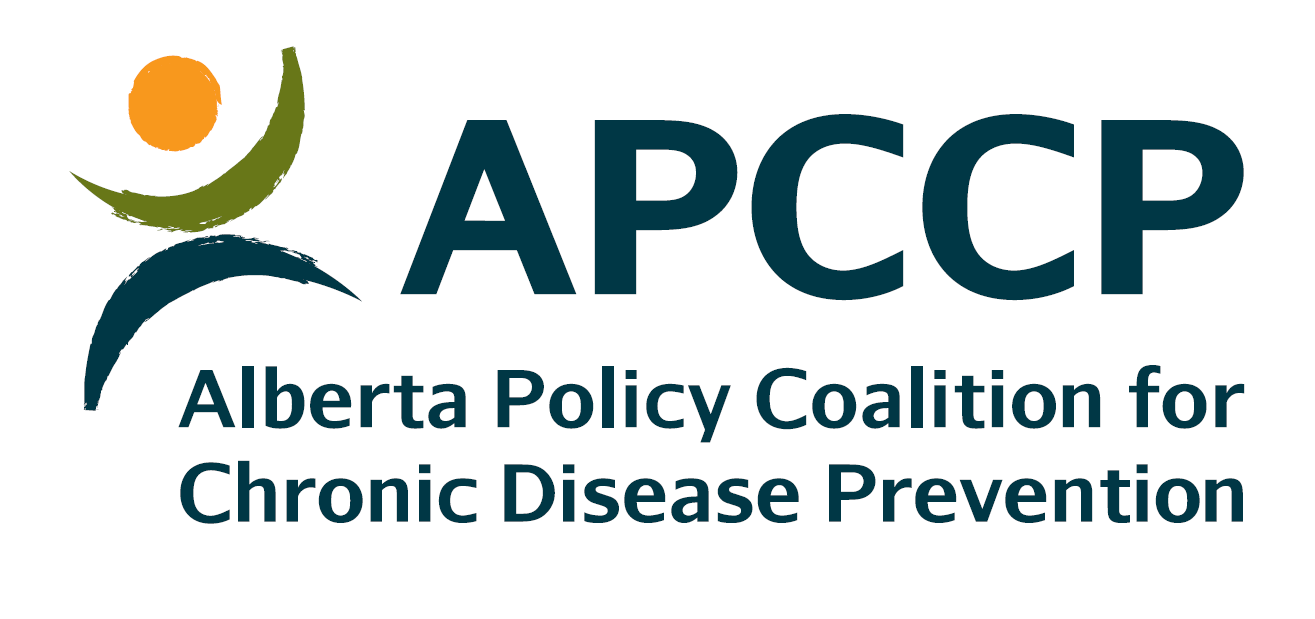
Examining the impact of community gardens and local food procurement on healthy eating and physical activity
The Issue
Community gardens and local food procurement policies and programs are gaining in popularity as health promotion strategies for obesity prevention. Community gardens are defined as the convergence of multiple individuals joining together in diverse settings to grow fruits, vegetables, and other plant varieties (1). Local food procurement refers to strategies to increase the amount and availability of food locally sourced from within a community. This synthesis explores the literature on community gardens and local food procurement in relation to nutrition, physical activity (PA), and body weight.
Key Findings
- Findings from this synthesis indicate that community gardens and local procurement programs, policies, and initiatives have the potential to result in positive impacts related to nutrition, such as improved attitudes and asking behaviours, and increased fruit and vegetable consumption (1-5).
- Community gardens and local food procurement may have a positive impact on physical activity, but more research is required in this area (6-8).
- Reviews highlighted important considerations for the implementation of community garden and local procurement initiatives, such as financial and human resources, time, and the need for policy development to ensure program success and sustainability (9-11).
- More research is required to understand the effectiveness of community gardens and local food procurement across different settings and contexts.
Explore Policies Related to Obesity Prevention
CPAC’s Prevention Policies Directory
To learn more about policies relevant to community gardens and local food procurement, we recommend visiting the Canadian Partnership Against Cancer (CPAC)’s Prevention Policies Directory.
The Directory is a freely-accessible online database of policies relating to cancer and chronic disease prevention, many of which address obesity prevention. It allows users to search by risk factor, jurisdiction, geographical location, and document type and provides summaries and direct access to policy documents.
Click here to find policies related to community gardens in the Prevention Policies Directory
Click here to find policies related to local food procurement in the Prevention Policies Directory
References
- Draper, C. and D. Freedman, Review and Analysis of the Benefits, Purposes, and Motivations Associated with Community Gardening in the United States.Journal of Community Practice, 2010. 18(4): p. 458-492.
- Berezowitz, C.K., A.B. Bontrager Yoder, and D.A. Schoeller, School Gardens Enhance Academic Performance and Dietary Outcomes in Children.Journal of School Health, 2015. 85(8): p. 508-18.
- Guitart, D., C. Pickering, and J. Byrne, Past results and future directions in urban community gardens research.Urban Forestry & Urban Greening, 2012. 11(4): p. 364-373.
- McCormack, L.A., et al., Review of the nutritional implications of farmers’ markets and community gardens: a call for evaluation and research efforts.Journal of the American Dietetic Association, 2010. 110(3): p. 399-408.
- Davis, J.N., M.R. Spaniol, and S. Somerset, Sustenance and sustainability: maximizing the impact of school gardens on health outcomes.Public Health Nutrition, 2015. 18(13): p. 2358-2367.
- Bellows, A.C., K. Brown, and J. Smit, Health Benefits of Urban Agriculture, 2004: Portland, OR.
- Golden, S., Urban Agriculture Impacts: Social, Health, and Economic: A Literature Review.University of California Agriculture and Natural Resources, 2013.
- Hutchinson, J., et al., A Scoping Review of Observational Studies Examining Relationships between Environmental Behaviors and Health Behaviors.International Journal of Environmental Research and Public Health, 2015. 12.
- Oxenham, E. and A.D. King, School Gardens as a Strategy for Increasing Fruit and Vegetable Consumption.Journal of Child Nutrition and Management, 2010. 34(1)
- Ozer, E.J., The effects of school gardens on students and schools: conceptualization and considerations for maximizing healthy development.Health Education & Behavior, 2007. 34(6): p. 846-63.
- Frerichs, L., et al., Influence of school architecture and design on healthy eating: A review of the evidence.American Journal of Public Health, 2015. 105(4): p. e46-e57.




